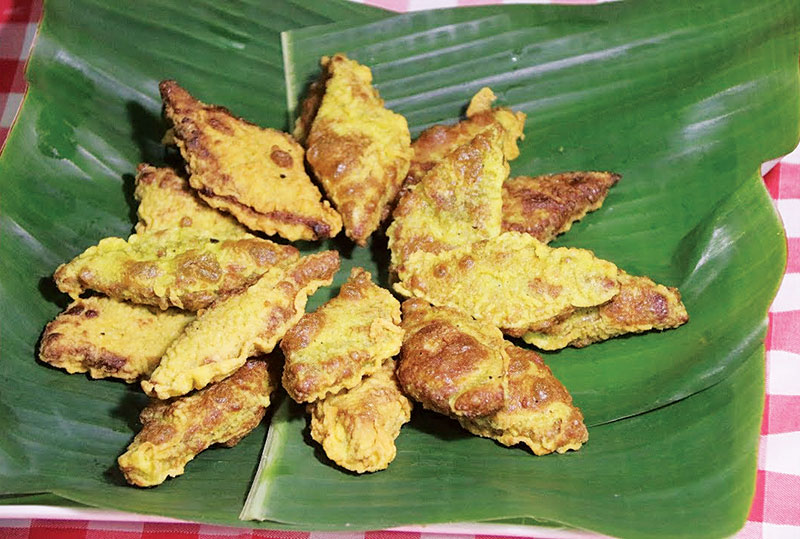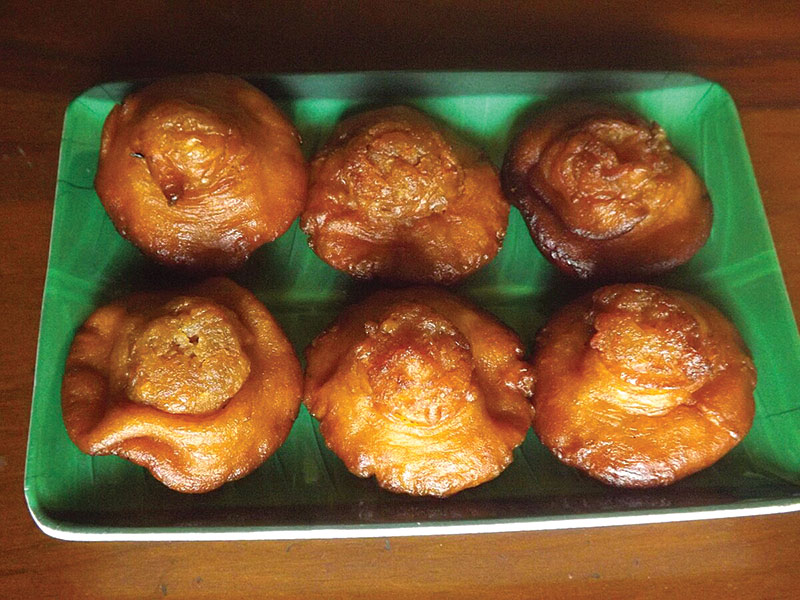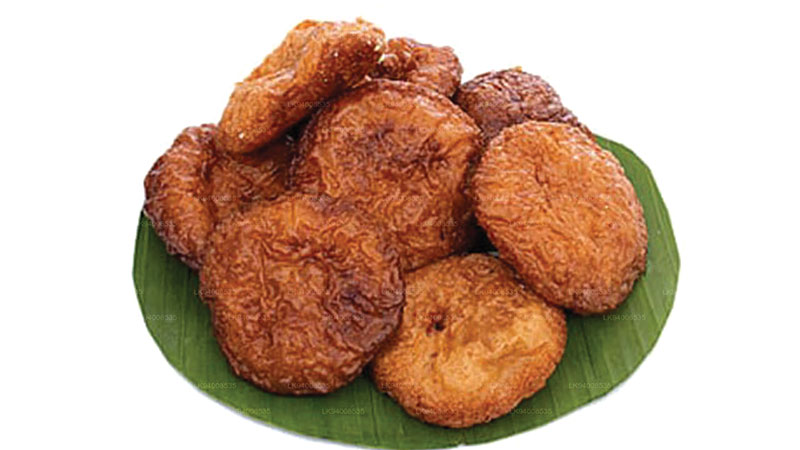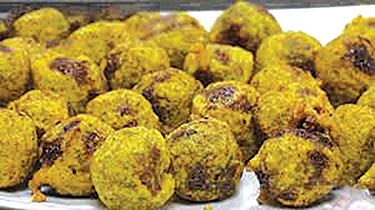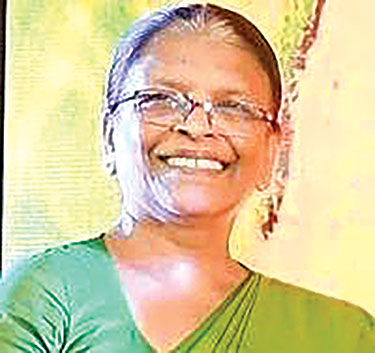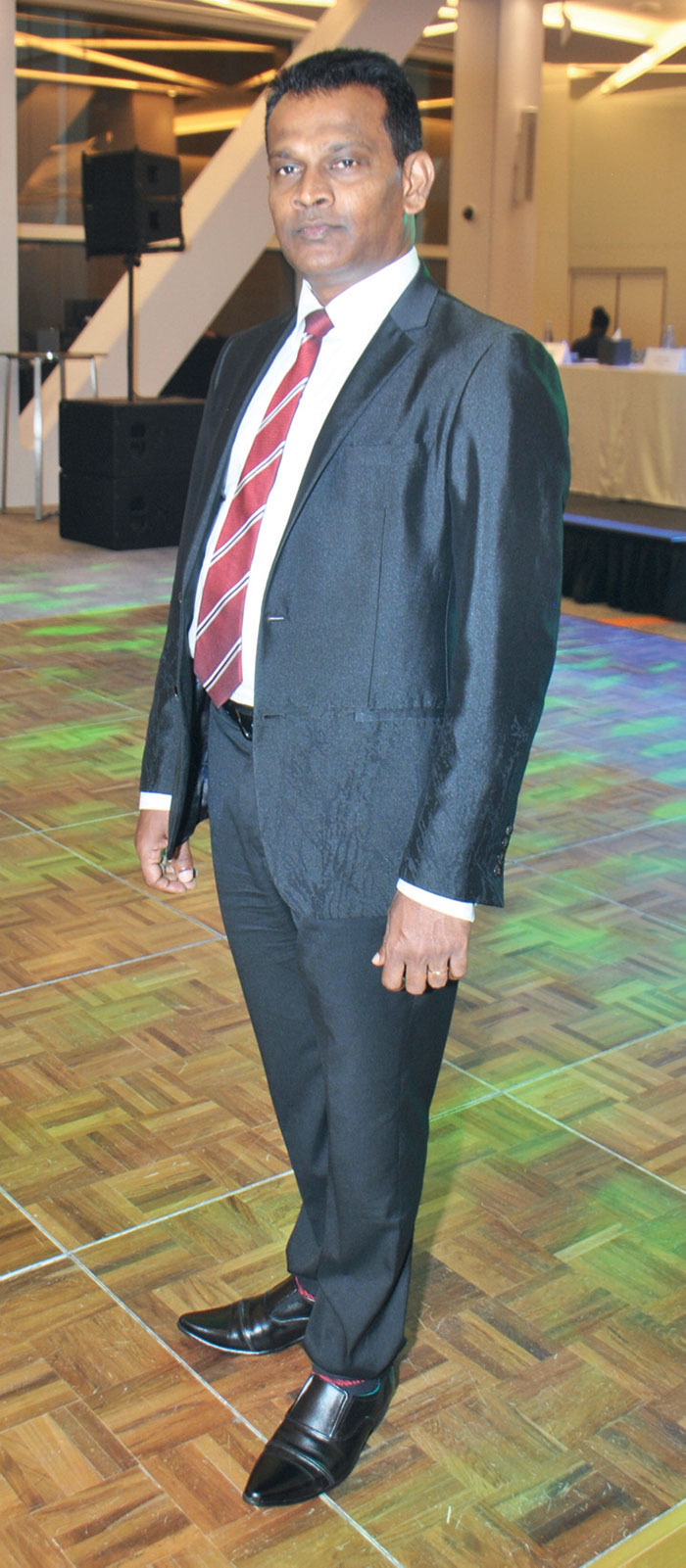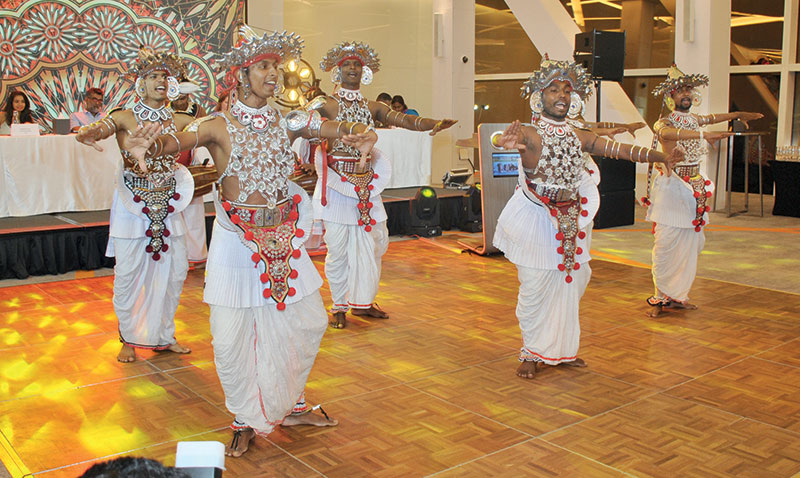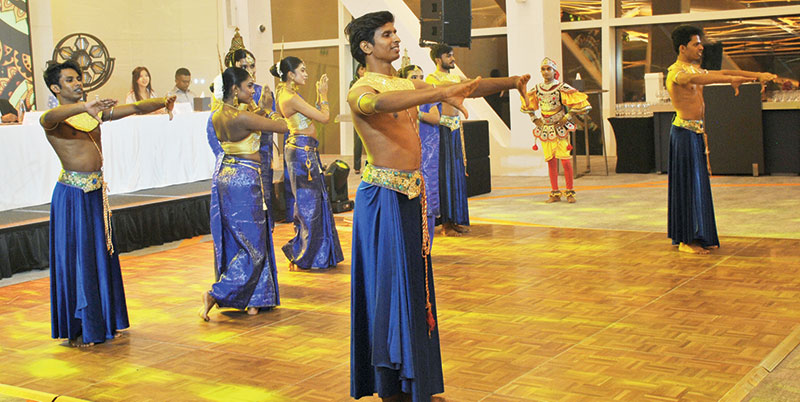Life style
All about Sushi
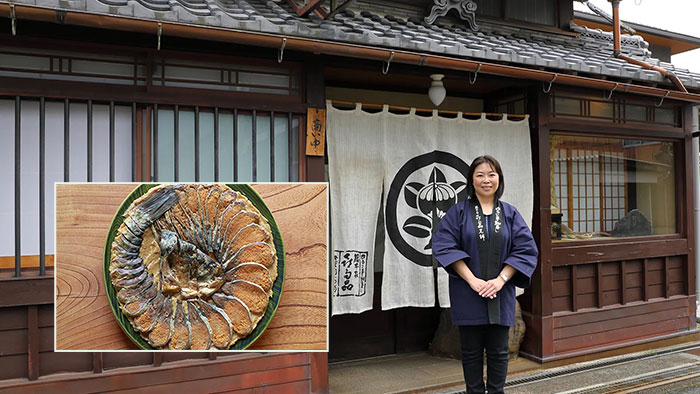
For the past 18 generations, one family has preserved a 400-year-old recipe showing how sushi once tasted, and it doesn’t use raw seafood, but fish aged for three years.On any fine day in spring, when the sky is clear and the waters of nearby Lake Biwa are calm enough for locals to go carp fishing, you can find Mariko Kitamura and her husband Atsushi at their shop Kitashina in the small Japanese town of Takashima making sushi.
With the dexterity and speed you’d expect from sushi chefs, they scrape off the fish’s scales with a knife, remove its gills and carefully angle a skewer down its throat to remove its innards without penetrating its flesh. But what happens next is truly unexpected. They pack the fish with salt, layer them in a wooden tub, weigh the lid down with 30kg stones and leave them to cure for two years. Each fish is then thoroughly rinsed, dried in the sun for a day and fermented for one more year in cooked rice before it is ready to be eaten.

This is not the kind of sushi you might get in New York or London, or even easily in Tokyo for that matter. It is the predecessor of what the world now knows as sushi – the original sushi – called narezushi (fermented sushi). Kitamura’s family has been making it for 18 generations, ever since Kitashina opened in 1619 in this remote corner of Shiga prefecture, and today the centuries-old shop is one of a handful of places left in Japan, and the world, where you can experience how “real” sushi is supposed to taste.
Narezushi
is thousands of years old and traces its roots back to the rice fields of China, where the method of curing in salt and fermenting the freshwater fish that lived in the paddies was developed to give the seasonal catch a long shelf life. It is believed to have arrived in Japan at the country’s ancient capital of Nara sometime in the 8th Century. For the next 1,000 years, until it evolved in the 18th Century into the slices-of-raw-seafood-draped-over-mounds-of-rice dish we know today, narezushi was a commonly consumed, nourishing and tasty source of protein. People would eat a few pieces of it with the fermented rice. They’d put a slice of it in hot water to make a medicinal tea. And they enjoyed it as a delicacy with sake at the tables of aristocratic and samurai families.
As a testimony to narezushi’s importance and the skill required to make it, Kitamura’s ancestor 18 generations back, Kuemon Yamagataya (Kitashina’s founder), was appointed to the entourage of Lord Mitsunobu Wakebe when he moved to Takashima in 1619 to take charge of the castle at the request of Japan’s new military leader, Ieyasu Tokugawa.
Unlike modern sushi, which typically includes ocean seafood, Narezushi was made – and still is in small pockets of Japan – with pretty much anything that swims in fresh water, including tiny loach, ayu (small sweet fish) and eel. But the kind of narezushi Kitashina makes is much rarer and is considered the true prototype of sushi. It is called funazushi after the type of fish used: funa (carp).
Carp is the king of freshwater fish in Japan, with the most prized being Japanese crucian carp (nigorobuna), which is the original type of carp used to make funazushi and the kind Kitashina features. It is a wild, rich-tasting species that’s found only in Lake Biwa, Japan’s largest lake and one of the oldest lakes in the world.
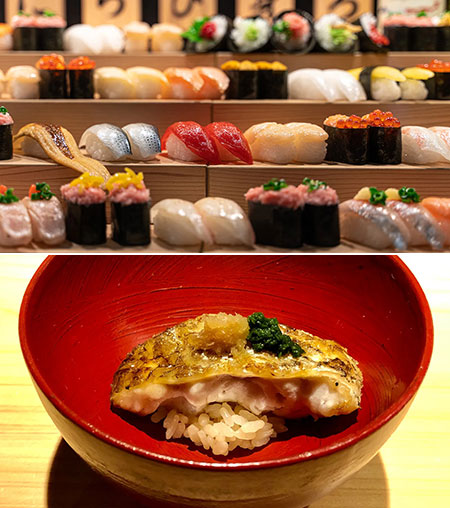
Today, there are just five shops around the lake that specialise in making high-quality funazushi, as nigorobuna has become very rare and hard to obtain. Other places, including souvenir shops across the prefecture, use more common types of carp and offer a comparatively ready-made version – funazushi cured in salt for one summer and fermented in rice for a few months in autumn – for tourists seeking to try its reputedly pungent taste. Among them all, Kitashina is the one making the most authentic funazushi by using nigorobuna and applying the oldest, most traditional preparation methods.
The good stuff is hard to get, though. Peak demand for Kitashina’s funazushi is from November to February when customers order it as a New Year’s treat, and later, to celebrate the arrival of spring. It can be sold out then, but a fresh batch, so to speak, is ready every year in mid-summer.
Before trying funazushi, Kitamura told me that it tastes like cheese – which it does, in its lacto- fermented, sour, salty and umami-rich way. It’s reminiscent of a funky and creamy type of cheese, given that Kitashina makes funazushi with the roe-laden female nigorobuna in season from March to May. Like many mature cheeses, funazushi is an acquired taste; a food that takes some getting used to. But then so is eating raw seafood for many people.
Kitamura, who attended the Kyoto Culinary Institute, took over the family business in 2013 when her father was ready to retire – partly because of her interest in food, but more importantly, to save the business from, literally, dying out. The beneficial micro-organisms that have thrived in her family’s traditional kioke wooden tubs for centuries, and which naturally produce the fermentation that gives Kitashina’s funazushi its authentic flavour, would die if the tubs were ever emptied.
Today, funazushi has become a luxury food across much of Japan, with Kitashina being the shop at which to buy it because of its refined, mellow flavour. According to Kitamura, that’s in part thanks to her grandfather, who, despite sushi’s growing popularity, continued to stick to Kitashina’s 400-year-old recipe of long fermentation and changing the rice once during the process. He also introduced the practice of serving it on a bed of sake lees – the sweet, rich paste left after pressing sake from the fermented rice mash – making the dish even more luxurious. Kitamura’s father, in turn, created the “Tomoe” style of beautifully presenting funazushi as a fan fashioned from the slices of a whole fish.
Kitashina’s funazushi is now featured on the menus of some of the most exclusive ryotei (traditional high-end Japanese eateries) and other top restaurants in Kyoto, as well as at similar establishments in Tokyo. Taking a cue from Kitamura’s grandfather’s presentation, chef Takumi Murata, of the L’Hotel de Hiei located atop the historical Mount Hiei overlooking Kyoto, serves Kitashina’s funazushi with wine jelly as an appetiser in the hotel’s main restaurant.
Compared to narezushi’s millennia-old history, the sushi we eat today is a mere footnote. Technically called hayazushi (fast sushi), it was created in Edo (modern-day Tokyo) in the late 18th Century as a fast-food version of narezushi to meet the needs of the city’s busy people. The newly bottled seasonings of fermented rice vinegar and soy sauce were used to recreate the essential sour, salty and rich taste of funazushi in the fresh seafood that was caught in Tokyo Bay. First, rice vinegar was added to cooked rice to speed up the fermentation process to just a few days. This practice also made the rice more edible. Later, freshly cooked rice was simply soaked with rice vinegar.
 The gamechanger, however, was soy sauce, which began to be mass produced in the 1700s. As Issei Tomioka, a former employee at the Tokyo Metropolitan Central Wholesale Market in Tsukiji, wrote in his series The History of Nihonbashi Uogashi, “sushi would likely not have been developed had it not been for soy sauce.” Brewed for at least two years, traditional soy sauce is a concentrated form of salty-savoury umami. Initially, it was used to marinate the seafood toppings for a few hours to prevent them from spoiling and also to make them more appetising. As the fresh quality of the seafood improved, sushi was served raw with soy sauce as a condiment.
The gamechanger, however, was soy sauce, which began to be mass produced in the 1700s. As Issei Tomioka, a former employee at the Tokyo Metropolitan Central Wholesale Market in Tsukiji, wrote in his series The History of Nihonbashi Uogashi, “sushi would likely not have been developed had it not been for soy sauce.” Brewed for at least two years, traditional soy sauce is a concentrated form of salty-savoury umami. Initially, it was used to marinate the seafood toppings for a few hours to prevent them from spoiling and also to make them more appetising. As the fresh quality of the seafood improved, sushi was served raw with soy sauce as a condiment.
Sushi is a remarkable example of the way Japan adopts foods from other countries, in this case China, and then adapts and assimilates them into its own rich culinary culture. After thousands of years, sushi continues to evolve.
Currently, the pendulum is swinging backwards, and sushi chefs in Japan are now aging their seafood toppings for days, weeks and even months to give all kinds of fish the creamy texture and savoury richness of funazushi. Koji Kimura, chef-owner of the two-Michelin-starred Sushi Kimura in Tokyo’s Setagaya ward, has been serving only aged sushi since 2008 and is
considered its modern-day pioneer.
Closer to Takashima, Yoichi Akashi, the chef at Sushi Zabo in Miyazu City, is following the tradition of Kitashina’s funazushi by taking an already rich-tasting, fatty fish like akamutsu (rosy seabass) caught fresh from the nearby Sea of Japan or East Sea (as it is referred to in Japan and Korea, respectively).
But even as chefs rediscover the potential of weeks- and months-aged sushi, Kitamura is staying well ahead of them. In a corner of Kitashina’s storeroom, she has a small wooden tub of funazushi that has been fermenting for eight years and counting.– BBC
Life style
Kevum – Befitting a King
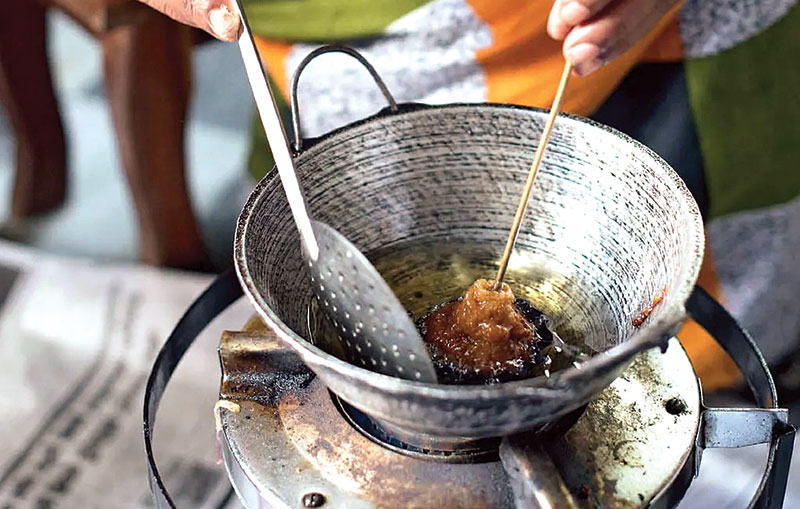
The avurudu table of any Lankan home is complete only when it is laden with kevum. Dating back to ancient times, many types of kevum are chronicled even in our classical texts. The Dutch rulers of the island are said to have relished them, some even asking if they grew on trees… A delicacy which was offered to visiting dignitaries, kevum was revered by our kings even in the battle field not only as an energy-booster but also as a wound disinfectant.
BY RANDIMA ATTYGALLE
The culmination of Avurudu preparations in my childhood with my grandparents was marked by the ritual of Kevum-making. Athamma would ‘book in advance’ the kevum specialist Soida Hami (Soida aachchi to us children), and install a special hearth in her back verendah for the grand moment. I would watch Soida aachchi in wonderment as her thick batter of rice flour and best of kithul treacle shaping into kevums in a hot wok of coconut oil. The long kevum koora in her nimble fingers would achieve the feat of the perfect konde. It was almost a rite of reverence, so much so I was not supposed to talk to her until the first batch of Konda-kevums was completed. Like many old-folk of her vintage, Soida aachchi believed that talking while the first few kevums are done would result in a flawed product.
She would then place each perfect Konda kevuma on a banana leaf for the excess oil to drain. Once the whole exercise was completed, she would place Konda-kevum in large earthen pots and store them in the dum messa or the storage area above the main hearth of the kitchen. She would spare me only one kevuma and the rest had to wait until the auspicious time on avurudu day!
Travellers’ records
Robert Knox an English sailor who was held in captive in the court of the Kandyan King Rajasinghe II and one of the prolific chroniclers of ancient Ceylon in his famous work, An Historical relation of the Island Ceylon documents on the sweet meats of Lankans with a special account of kevum.
‘They have several sorts of sweet-meats. One they call Caown. It is like to a fritter made of Rice-flower and Jaggory. They make them up in little lumps and lay them upon a leaf, and then press them with their thumbs and put them into a frying-pan and fry them in Coker-nut Oyl or Butter. When the Dutch came first to Columba, the King ordered these Caown to be made and sent to them as a royal treat. And they say, the Dutch did so admire them, that they asked if they grew not upon trees, supposing it past the Art of man to make such dainties.’ (Spelling as in the original Knox)
The account of Knox enables rich insights into this wonder of a sweet meat which enthralled many a traveller to the island including dignitaries. The European trader Cosmas who visited Ceylon in 545-550 AD, documents that along with gems, Kevum and Kalu dodol from Ceylon were taken to the Roman court of Emperor Claudius during the sixth century.
- Mun kevum
- Konda kevum
- Athirasa
Classical literature
Kevum dates back to ancient times and our classical texts such as the Ummagga jatakaya, Pujawaliya and Saddharma Ratanawaliya bear evidence to this fact. “Originally known as poopa this sweet meat came to be known as kevum in the Dambadeniya-Kurunegala era. Jathaka atuwa getapadaya mentions 18 kinds of sweet-meats found in the ancient Sri Lanka and among them are several types of kevum such as sendi kevum, mal kevum, athirasa, pena kevum, raa-kevum,” says Prof. Kusumalatha Lankamulla from the Department of Sinhala and Mass Communication at the University of Sri Jayewardenepura.
This scholar with research interest in Culture, Traditional and Modern Literature goes onto note that Mahawamsa in its 32nd chapter refers to two types of kevum in the context of alms offered by King Dutugemunu. The two types- thel kevum and maha de kuvum mentioned, were fried in ghee. “Many of our classical texts mention kevum in multiple festive contexts beyond avurudu. In Ummagga jathakaya, kevum is mentioned as a fitting gift to be taken when visiting parents. Saddharma Ratanawaliya refers to boxes of kevum or kevum pesa.“
An energy booster
Among the popular kevum types found today are Konda kevum, athirasa, mun-kevum, naran kevum and hendi-kevum. Although the ingredients used for each type may slightly differ, rice flour and treacle (now largely replaced with sugar) remain common to all. The much sought after Konda kevum which is relatively a later addition to the range of kevum found here at home is believed to have originated during the Kandyan period says Prof. Lankamulla. “During the Kandyan period, men were prohibited from cutting their hair off and they had to tie it in form of a knot on top of their heads. Konda kevuma is believed to have been inspired by this practice.”
Traditionally, Sinhalese soldiers were given a bag of kevum when going to war. History has it that King Dutugemunu went a step ahead and used kevum to treat wounded soldiers. His army used to prepare kevum months in advance and keep them exposed to air so that the mould can grow on them.
This mould in today’s language had ‘antibiotic properties’ and was used on the wounds of the soldiers to prevent them from festering. “In a bid to undermine the pride of place given to kevum as a super food by the locals, the British coined the famous derogatory adage: ‘Sinhalaya is a fool but is an ace at eating kevum’. (Sinhalaya modaya-kevum kanna yodaya)
Steeped in tradition
Superstitious beliefs surrounding the process of kevum-making are not uncommon and these vary from region to region in the island, says Prof. Lankamulla. Regardless of the region, several common traditions were followed by our ancestors and these still continue to be observed in several parts of the country, she says. “The frying pan with coconut oil to prepare the kevum was kept on fire at an auspicious time and village matriarchs who were highly skilled were mobilized for the occasion. Women also believed that they must refrain from talking when the first kevum is being made. For centuries, the first kevum was considered to be the ‘konduru kevum’, dedicated to the sledge-fly or the konduruwa. The village women would hang the first kevum up for the insects so that the rest would be unspoilt.”
With the passage of time, many Lankans, particularly city-dwellers depend on commercially available avurudu kevili including kevum. Although kevum is synonymous with avurudu, today people get to enjoy it round the year thanks to many sweet meat kiosks found in cities. Although these outlets have best sales during avurudu, they get plenty of orders from Lankans travelling abroad or coming home for vacation at other times of the year as well.
One such die-hard kevum fan is Uthpala Ranatunga from Ottawa, Canada. “My Loku amma (oldest aunt) makes it a point to pack me a parcel of best quality Konda kevum to take with me whenever I’m in Sri Lanka for a vacation.
I deep-freeze them for longer use and eat them sparingly,” says Uthpala to whom kevum is always a strong reminder of home. “Each time I indulge in them I feel nostalgic and miss home.”
Kevum is an integral part of the Lankan culture, finding its way from ancient classical literature to that of the contemporary including children’s literature and arts. The much-loved sweet meat is celebrated in the work of Sybil Wettasinghe – the iconic story teller and illustrator.
Come avurudu, we often hear the intonation of Lionel Ranwala, the eminent musician, vocalist and an authority on Sri Lankan folk music, whose tribute to the enduring legacy of this delicacy is one of the best in our times:
Me avurudu kale -sinaha weyan rale
Thel ihirunu kewum gediya wage…
Life style
Festive glamour at Nethara

Nethara Collection ,is a world of export quality garments in Diulpitiya, Boralesgamuwa, is infused with an ultra festive spirit this season catering to the women of today. Unbelievable offers and discounts from Nethara for Sinhala anTamil new year. On selection of women’s clothing, ranges from casual options to formal occasion wear,all at friendly prices,to enhance your wardrobe this festive season.
Nethara collection, started small in 2017, but soon it outgrew, today with an ever increasing customer base, branded and non branded clothing this shopping centre has become very popular. Export quality , stylish dresses, crop tops, fancy blouses, trousers and many more to flaunt yourself and enhance your wardrobe.Their extensive collection, maintain low pricing allowing everybody to have a chance to shop till they drop dead. From casual wear to formal wear,they have women to men’s items like tee shirts, shirts for every occasion.
Nethara clothing has long remained a name that has struck a chord with Sri Lankan shoppers. “We believe our success has been based up on the premise that absolute sincerity towards customers and no matter what the economic situation that prevails, we try our level best to keep our prices low and within everybody’s budget, said managing director, Nethara Collection Sampath Kumara.
This April season Nethara collection brings an all new collection of export quality seasonal wear. Celebrate the season with exclusive offers made just for you! Dresses, blouses, casual, formal wear denim, men’s shirts and many more… world of limitless style and joy!
This festive season Nethara unwraps a celebration of warmth, style and sophistication. Immense yourself in a vibrant festive atmosphere as you explore thier collection under one roof 345 Boralasgamuwa With a focus on quality, affordability and customer satisfaction, Nethara export quality boutique invites you to celebrate the Sinhala and Tamil New Year in style.
(Zanita)
Life style
Sri Lanka tourism unveils strategic vision
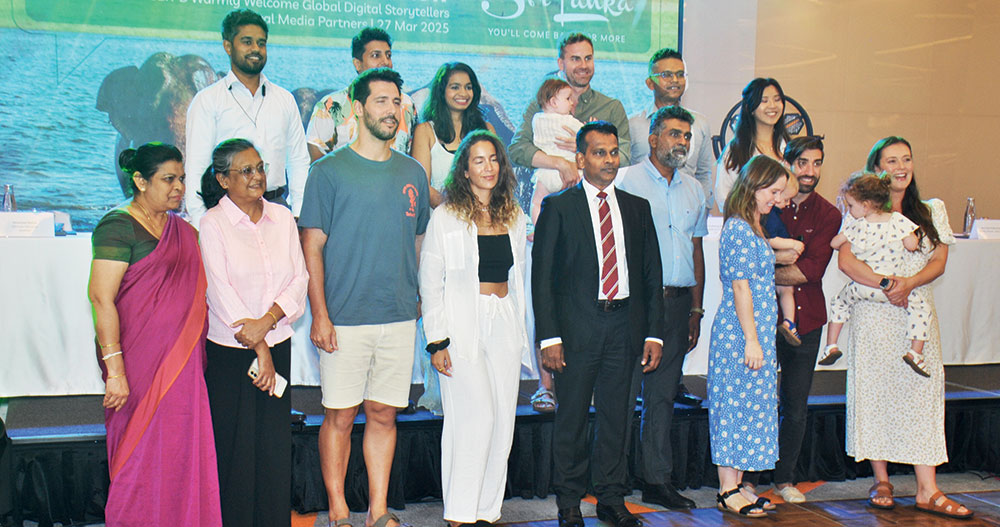
Sri Lanka Tourism Bureau hosted a landmark event at cinnamon Life for an ambitious campaign to spotlight Sri Lanka as a top travel destination. This initiative hosted international influencers and local media to capture the unique charm of Sri Lanka’s destinations. These travel influencers will share thier real time content across platforms like Instragrams Tik Tok and youtube amplifying Sr Lanka as a must visit destination. Many media personal, bloggers and influencers participated in this event which will take them on a tourism travel featuring some of Sri Lanka’s top destination.
Sri Lanka Tourism Promotion Bureau (SLTPB) hosted a landmark event at the Cinnamon Life Hotel, Colombo. The event was led by . Deputy Minister of Tourism, Prof. Ruwan Ranasinghe, with the participation of SLTPB Chairman Buddika Hewawasam, officials, travel influencers and their families, as well as journalists specializing in tourism sector reporting. The gathering set the stage for transformative initiatives aimed at bolstering Sri Lanka’s tourism sector and redefining its global image.
In his opening remarks, Buddika Hewawasam underscored the challenges facing the tourism sector, particularly the seasonal dip in arrivals during the summer months. “The next few years will be the most challenging period for all of us,” Hewawasam stated, emphasizing the need for international collaboration and strategic development. He further highlighted the critical role played by international travel influencers and media professionals in raising awareness of Sri Lanka’s hospitality and inspiring tourists worldwide to visit.
- Dileep Mudadeniya
- Deputy Minister of TourismProfess or Dr Ruwan Ranasinghe
- Guests
The Deputy Minister of Tourism, Prof. Ruwan Ranasinghe, detailed the innovative nature of the campaign and its importance in showcasing Sri Lanka’s rich heritage, natural beauty, and diverse travel experiences to mainstream and emerging tourism markets.
During the event, several prominent travel influencers shared their thoughts about Sri Lanka’s uniqueness as a destination. They highlighted that Sri Lanka is a country where travellers don’t need to worry about finding incredible experiences—nature has already done the hard work. The influencers remarked on Sri Lanka’s unparalleled diversity, noting that it is possible to experience a range of climates within just a few hours by travelling to different parts of the island. From sun-soaked beaches to misty highlands, and from lush forests to cultural treasures, Sri Lanka offers a world of adventures in a compact and accessible setting.
In comparison to destinations like Bali, which some influencers noted as overcrowded, Sri Lanka stands out with stable and balanced tourism activities. The event attendees were thrilled by the country’s warm hospitality, authentic DDirector cuisine with an impressive variety, long history, and rich culture. These qualities make Sri Lanka not only inviting but genuinely unforgettable for visitors.
The travel influencers in attendance expressed strong confidence in their ability to share this powerful message with the world. They were determined to shape international travel trends by showcasing Sri Lanka’s unique appeal, while also helping to attract new types of guests. The influencers represented a diverse range of travel segments, including family travellers, solo female travellers, honeymooners, and adventure seekers. Their efforts were supported by Sri Lanka Tourism officials and journalists representing both local and international media agencies.
The ‘Sri Lanka, A Story for Every Season’ campaign represents SLTPB’s first large-scale effort to boost summer travel through digital storytelling and influencer collaboration.
Featuring a curated destination familiarization tour, the campaign will spotlight wildlife safaris, cultural heritage, spiritual pilgrimage sites, scenic landscapes, and adventure tourism. Influencers will produce high-impact content for platforms like Instagram, YouTube, and Facebook, reaching over 2.2 million travel enthusiasts globally.
Sri Lanka Tourism shared impressive winter peak season results, with international arrivals reaching 665,295 by March 23, 2025—a marked increase compared to the previous year. These figures illustrate the sector’s potential for growth, and the campaign aims to sustain momentum throughout the summer months.
The event was a call to action for stakeholders to unite in elevating Sri Lanka’s global tourism appeal. With plans to generate over LKR 32 million worth of media coverage and connect with diverse travel segments, the campaign underscores Sri Lanka’s commitment to redefining itself as a leading destination for year-round travel.
By Zanita Careem
Pix by Darmasena Welipitiya
-

 Business2 days ago
Business2 days agoDaraz Sri Lanka ushers in the New Year with 4.4 Avurudu Wasi Pro Max – Sri Lanka’s biggest online Avurudu sale
-

 News7 days ago
News7 days agoBid to include genocide allegation against Sri Lanka in Canada’s school curriculum thwarted
-

 Business3 days ago
Business3 days agoStrengthening SDG integration into provincial planning and development process
-

 Business2 days ago
Business2 days agoNew SL Sovereign Bonds win foreign investor confidence
-

 Features19 hours ago
Features19 hours agoStarlink in the Global South
-

 Sports4 days ago
Sports4 days agoTo play or not to play is Richmond’s decision
-

 Features19 hours ago
Features19 hours agoModi’s Sri Lanka Sojourn
-

 Latest News6 days ago
Latest News6 days agoIPL 2025: Rookies Ashwani and Rickelton lead Mumbai Indians to first win


